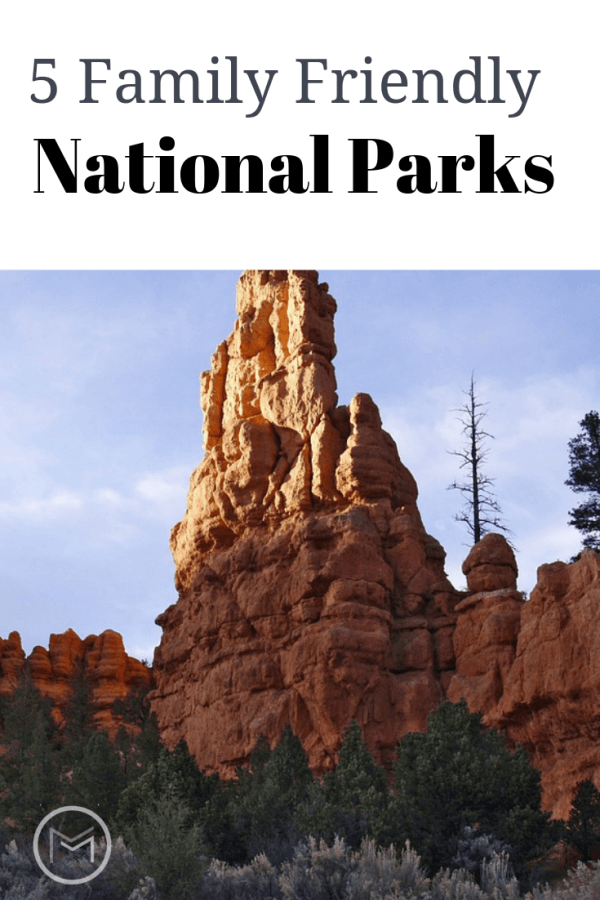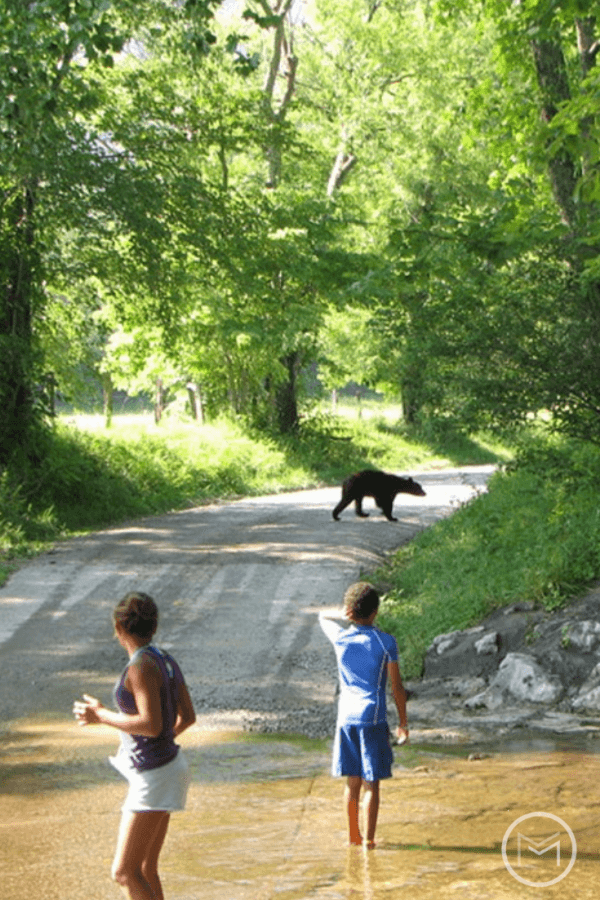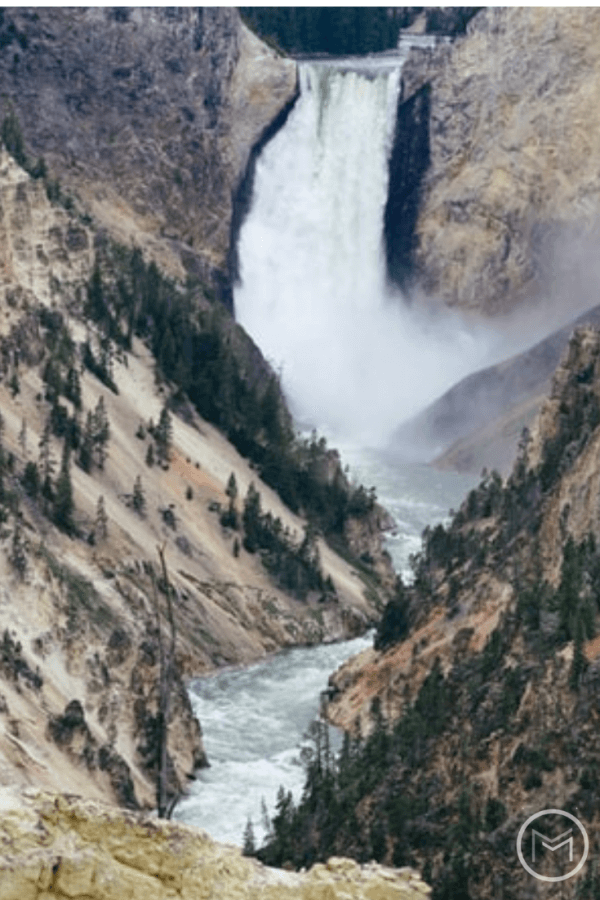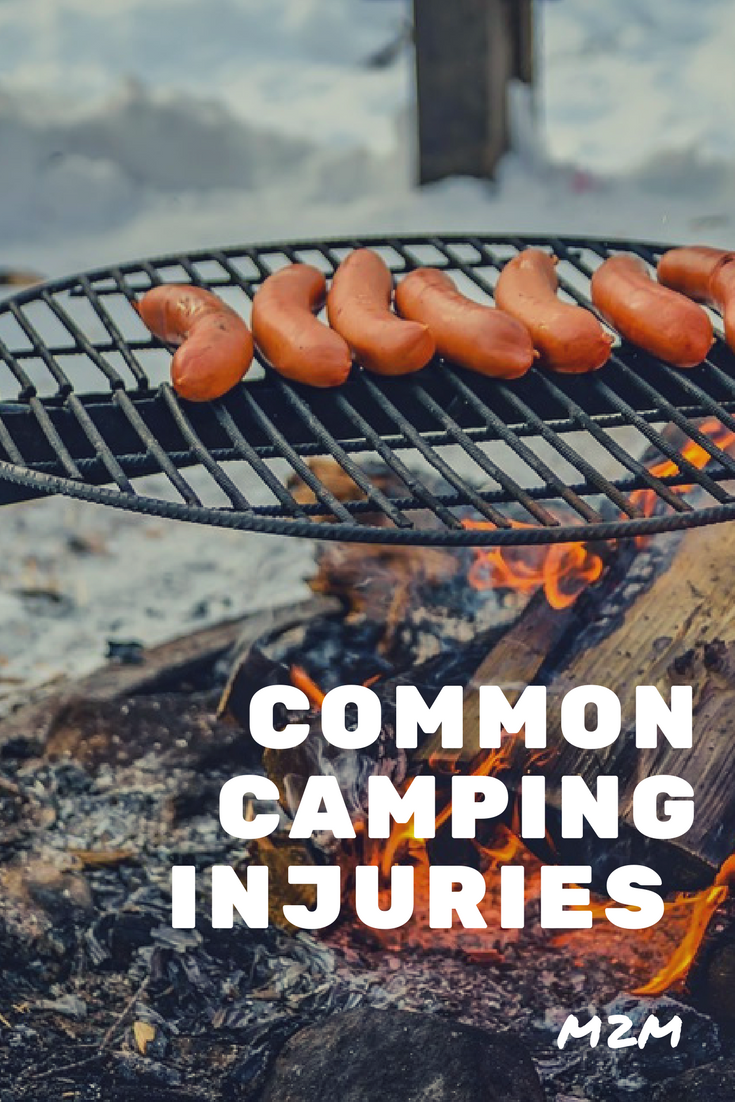Today, I’m sharing tips on how to create an outdoor survival kit. If you love all things relating to camping and the outdoors you will love this post, and the great tips that we have.
First, you can find tons of online sources such as this one where you can learn more about survival methods. This article has just what you will need for when you’re looking for a quick and easy guide on the basics of survival. Additionally, you will find information on basic items that you will need to withstand any situation in the woods or outdoors when stranded.
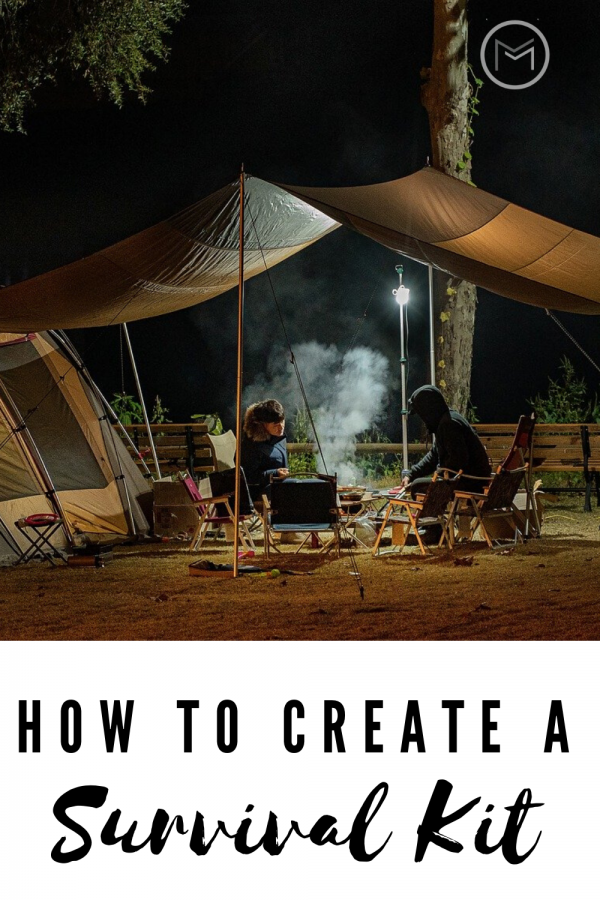
How to Create an Outdoor Survival Kit:
These items below will give you an idea of the basic requirements needed when going on a trip. It can include camping, a zombie apocalypse, or any other fun thing.
A First Aid Kit
A first aid kit is a lifesaver. We cannot control nature, but we can control some of the things we encounter while enjoying nature. This includes snake bites, bug bites, ants, mosquitoes, hypothermia, headaches, diarrhea, poisoning, burns, and cuts to name a few. Please note that infection can occur if bites and cuts are not treated immediately and correctly. This is where having a first aid kit is crucial. As a result, it is necessary to make sure you have the necessary items in your kit. Make a list, and ensure your items are included before stepping out the door.
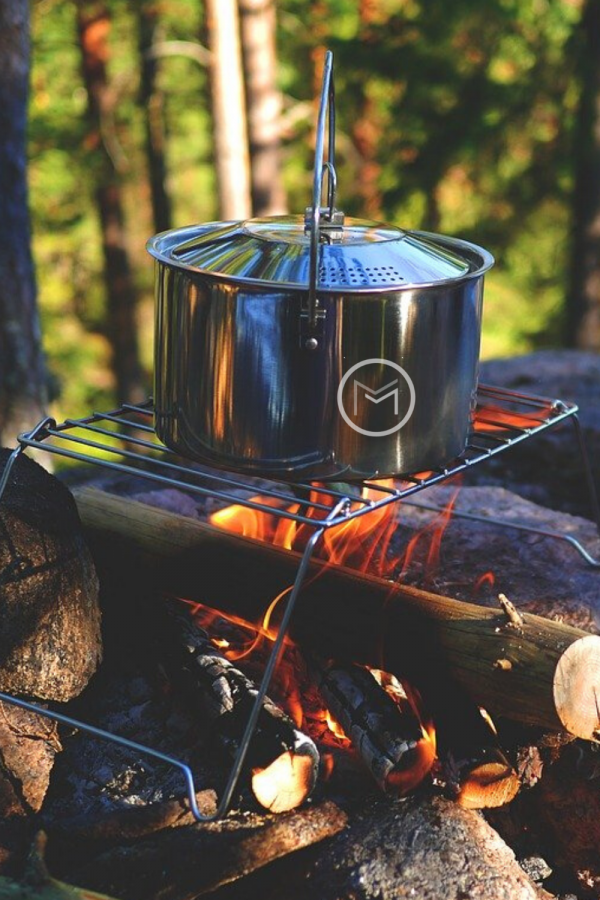
Making a Fire
It is important to have the right equipment to make fires when camping or just enjoying the outdoors. Black powder firearms can be useful, but make sure you practice proper gun safety when using this method.
The technique involves pushing a cotton cloth down the barrel of the gun till it touches the powder charge and firing it, away from yourself or anyone else. Once the cloth is fired out of the gun it should be ‘lit’, at which point you pick it up and blow on it to ignite the flame. Oxygen and fuel together, produce heat. Thus, when you blow on the cloth it already has heat and you will be providing the oxygen.
Other things you can use to light a fire is setting a match to dry grass and adding other flammable items. Use a match to light the grass. Next, blow on it until it ignites. At this point you can add other flammable items that you have collected including reeds, more grass, or elements that are flammable to make it bigger.
Pinecone fire starters are great for camping trips or other outdoor activities. You can make them prior to making your camping trip or outdoor activity, and it’s a great project to make with the kids.
Shelter or Shade
Shelter or Shade is just as important as the other components. Weather conditions can be harsh if not expected. And, getting sick from it is not worth it. So, in the case where it’s raining or possibly too hot, you can build a shelter out of the things around you. This is a crucial skill to have in any situation. Make your shelter while it is still daylight. You can find tips online on how to build an outdoor shelter, like this one for example https://www.outdoorlife.com/survival-shelters-15-best-designs-wilderness-shelters/.
Unfortunately, people have been known to die from animal attacks and hypothermia. To avoid these unfortunate events, make sure the shelter is away from any hazards such as cliffs, or food sources. Furthermore, there must be proper insulation such as a tent with a zip to block cold or the wind. If you have more than one person, try and group under one shelter.
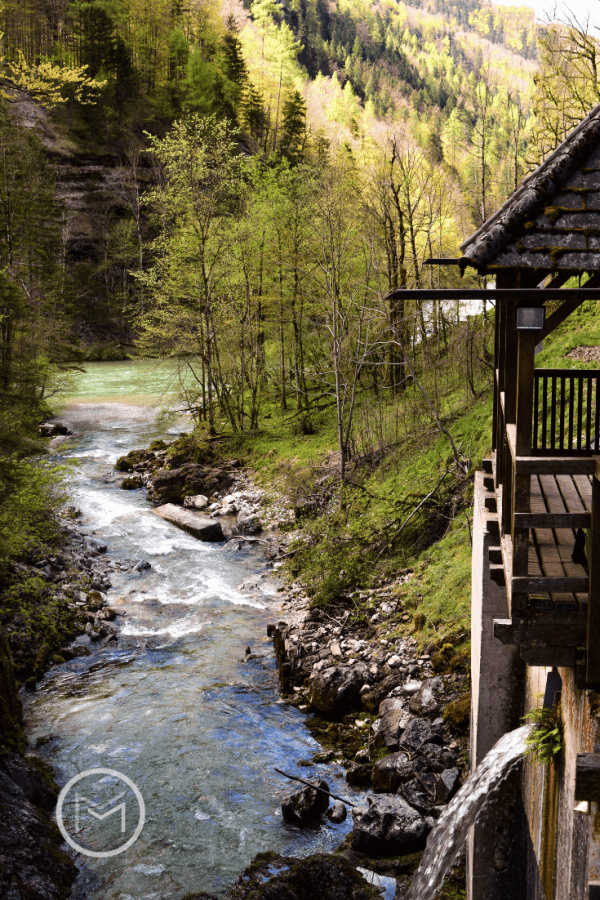
Food and Water
Make sure you have enough food and water. It’s imperative that you think long-term to ensure that you don’t run out. Packing food items that are non-perishable such canned goods, powder form, or dry like rice and pasta will ensure food lasts longer.
If you’re not out for too long, you can pack things that give you energy such as beans, pulses, fruits, nuts, and seeds. If you don’t have bottled water, always make sure you boil or filter any water you need before drinking it. Don’t ever get tempted to take a sip or two of water from a lake or river. You need to avoid water-borne diseases as much as you can as they can be fatal. Many plants found in nature can be consumed too. Such as root tubers, moss, cacti, algae, and mushrooms to name a few. However, be sure you are picking the correct plants before consuming any.
Last, make sure you use our tips on how to Anyone can make proper use of these basic tips. things as spelled out above. If you know a little about each one, you’re better off than the next guy!
